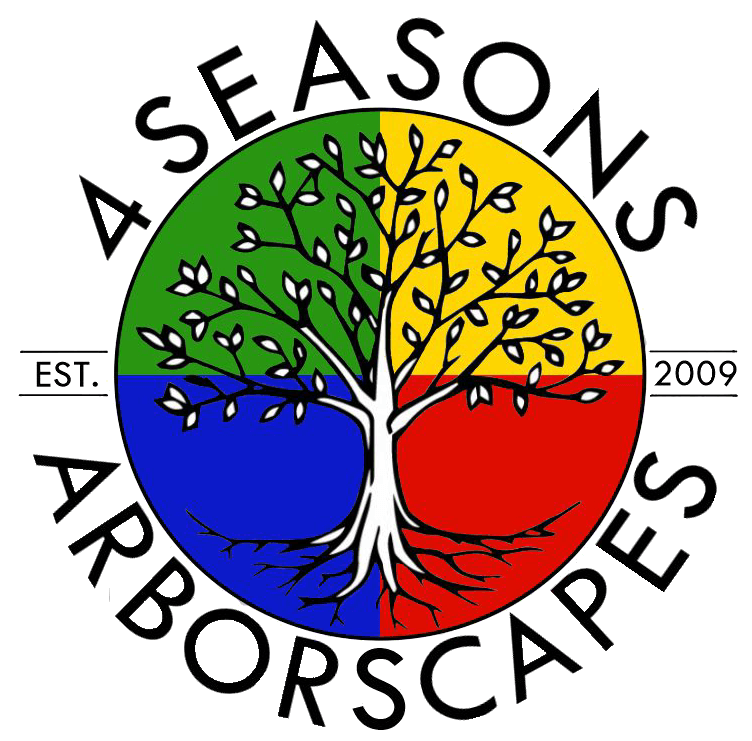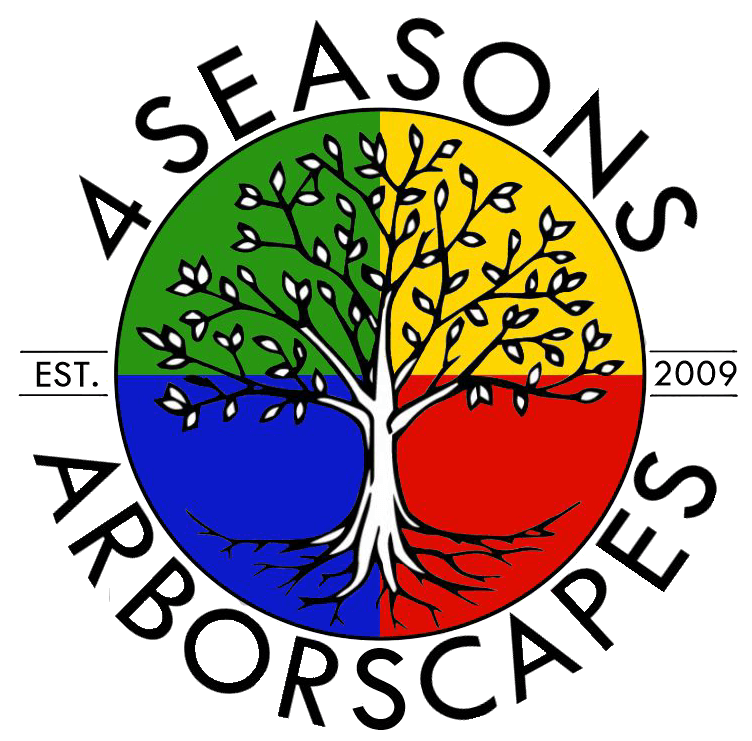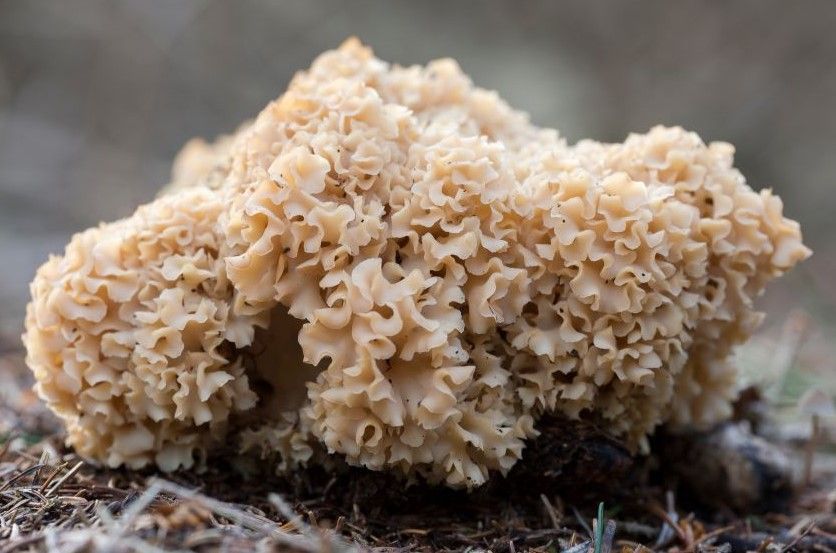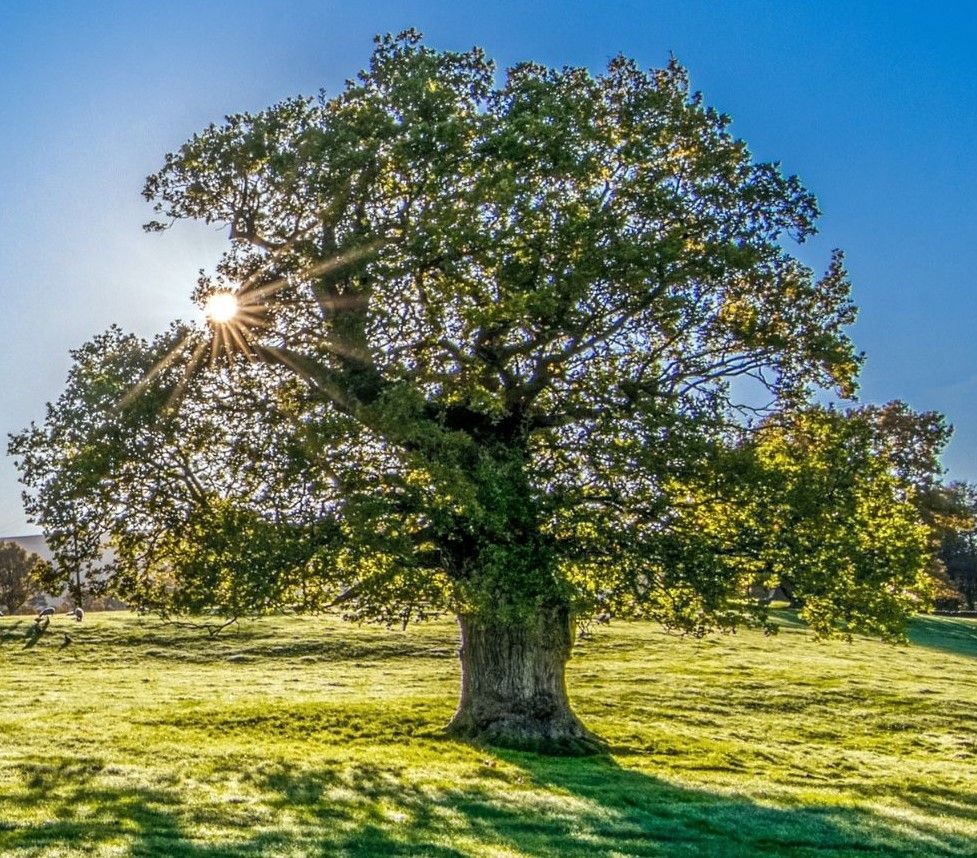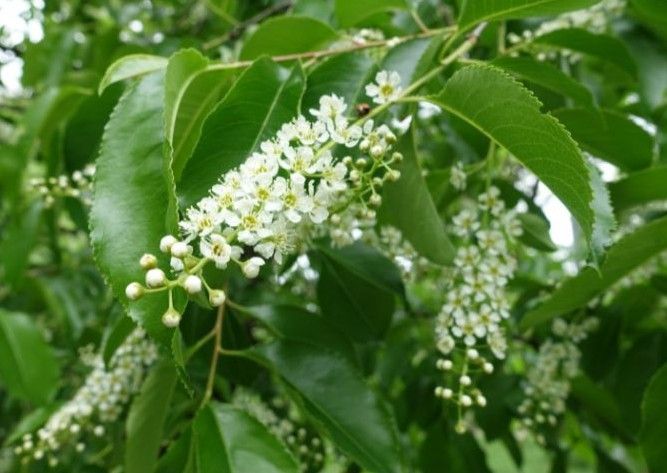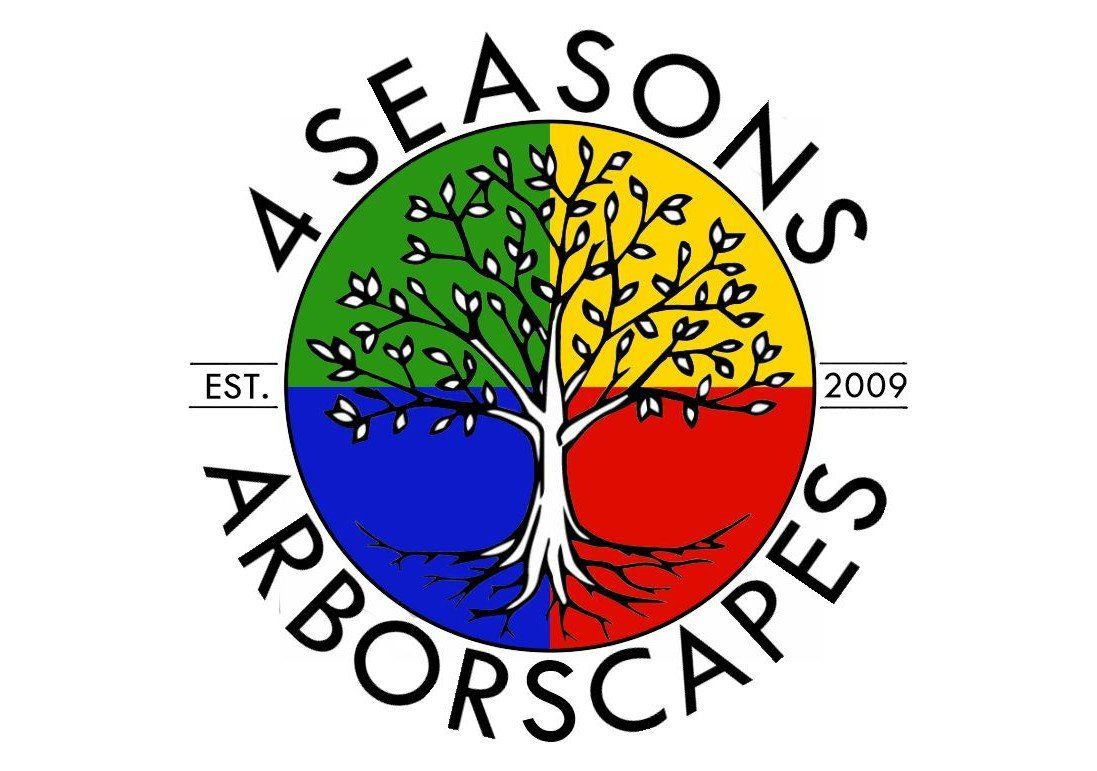The Magic of Mushrooms: A Guide to Hunting for Edible Mushrooms in PA
Mushroom hunting season is fast approaching and has already begun in some areas of North America. Mushroom hunting is a popular, and fun activity for individuals, couples, and families alike. All it takes is a skilled eye and some patience! Mushrooms can pop up overnight and can be difficult to spot, but the challenge is what makes the bounty so rewarding.
The purpose of gathering wild mushrooms is to make delicious dishes, all for free! But you don’t have to forage for them to make a savory meal. You can choose to grow them on logs or purchase mushroom growing kits available online, which we will talk about later.
Disclaimer: Before you head out in search of mushrooms, learning how to properly identify them is the first and most important step. Improper identification can lead to the consumption of toxic or inedible mushrooms. All wild mushrooms should be cooked thoroughly and eaten in small quantities the first time to make sure you don’t have an intolerance to them.
Mushroom Identification
There are several types of mushrooms that are popular in the foraging community. These include true morels, chicken of the woods, shaggy mane, hen of the woods, pearl oysters, and chanterelle mushrooms. You may find a variety of species where you live that are not included in this list. It’s important to do your research first to know what you may encounter on your foraging travels.
True Morels
Scientific name: Morchella
Growing seasons: True morels are rare and have a short growing season.
Preferred environment: Due to their need for highly specific growing conditions, true morels can be a challenge to find. They are typically found as individuals or in clusters, growing in damp forests and woods or near dead and decaying trees such as elm, ash, oak, maple, and sycamore.
Identification: These mushrooms can range in size and color; they can grow to between two to twelve inches tall, and come in many colors including black, gray, yellow, and white. Morel caps are deeply pitted and have a honeycomb appearance.
Culinary use: Morels have a meaty texture and work best in fried or sauteed dishes. You can also add them to burgers, soups, pasta, and quiches.
Look-alikes: Morel look-alikes include false morels, bell morels, and stinkhorns. A false morel is wider and stumpy with ridges in the cap instead of pits.
Notes: Don’t get discouraged if you don’t find any mushrooms right away. There are many morel mushroom sighting maps for different states to help you know where to forage for them, and as you continue, you’ll get a better sense of which areas to go back to and which areas not to.
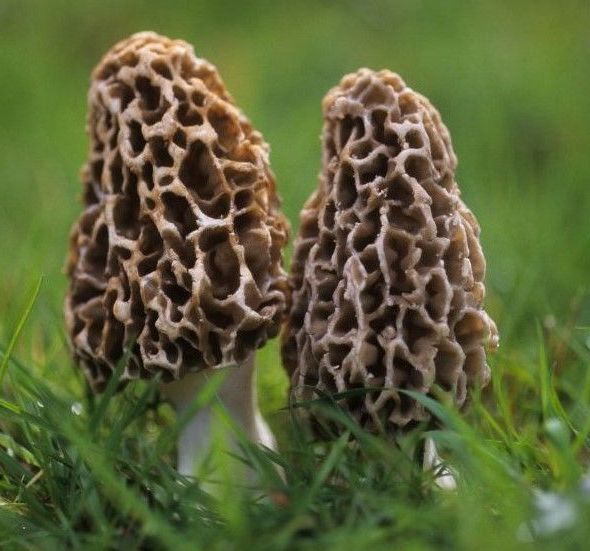
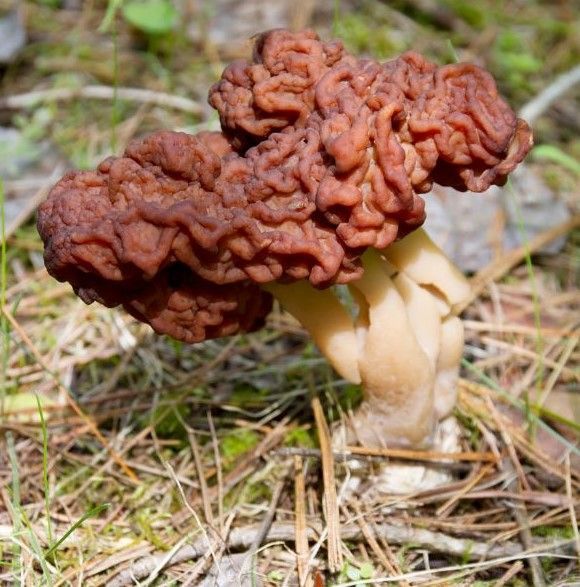
Chicken of the Woods
Scientific name: Laetiporus sulphureus
Growing seasons: Chicken of the woods can be found from spring through autumn, depending on the region. The most likely time to find them is late summer and early fall.
Preferred environment: You can find them on dead wood or at the foot of a live tree. You will never see them in fields or directly on the ground.
Identification: With its vibrant orange-yellow color and striking size, you won’t easily miss this mushroom while foraging.
Culinary use: The chicken of the woods once cooked does taste like chicken and has a texture like chicken. Some ways to use them are: fried and sautéed. They are good in pasta dishes, soups, stews, and on top of burgers.
Look-alikes: The most common lookalike that you don’t want to eat is the jack-o-lantern mushroom. The chicken of the woods grows in clusters, they have no stem, and its fan-like pads are ruffled. The jack-o-lantern’s caps are smooth, and they flatten and tear as they age. The stems are yellow in color.
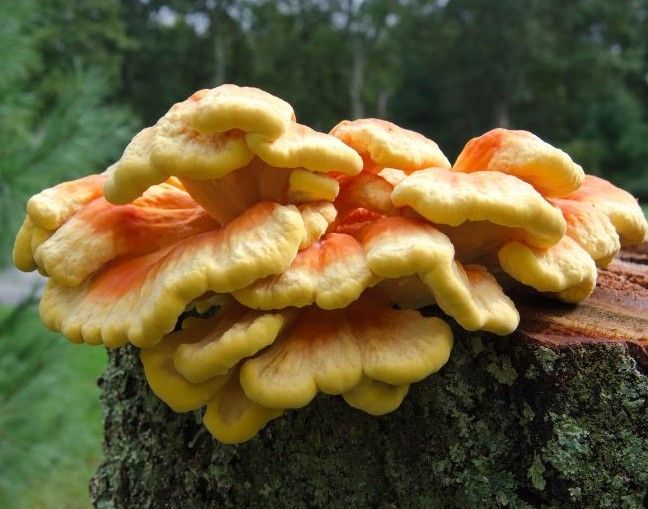
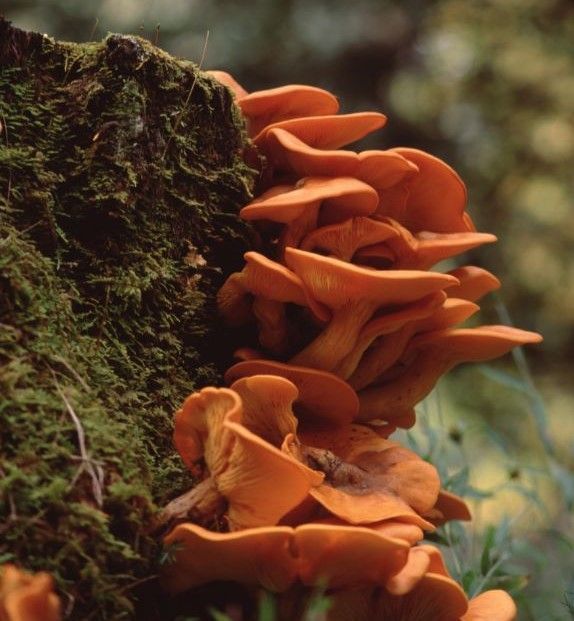
Shaggy Mane
Scientific name: Coprinus comatus
Growing seasons: Shaggy manes have one of the longest growing seasons, spanning from spring through fall.
Preferred environment: They are often found in rich soils, grass, and in disturbed areas like ditches, parks, game trails, and bike trails. If you find one, you will likely find a bunch of them.
Identification: This mushroom got its name due to its shaggy-textured, egg-shaped cap.
Culinary use: The shaggy mane mushroom has an earthy flavor. This mushroom is best enjoyed before it starts to turn black. Some ways to use them are: fried and sautéed. They are good in chicken dishes, pasta dishes, soups and broths.
Look-alikes: Stay away from Chlorophyllum molybdites, known as false parasol, as it will make you sick. A shaggy mane mushroom gets its name from its cap’s shaggy appearance. It stands tall out of the ground and has a thinner stalk. As they age, the cap will degrade into a gooey black ink. The false parasol does not look exactly like the shaggy mane but grows in the same area. The main difference is the cap opens up like a parasol and doesn’t turn inky.
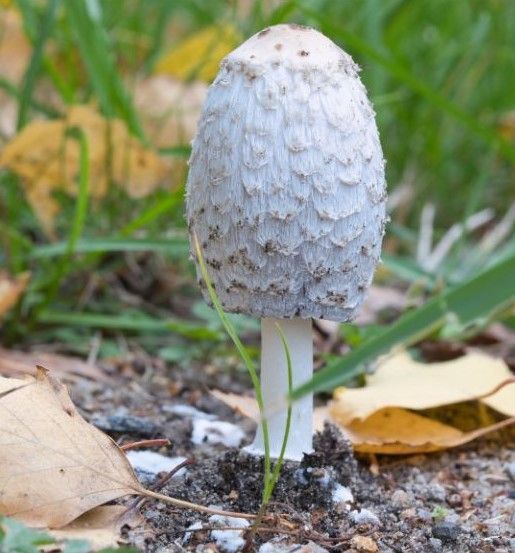
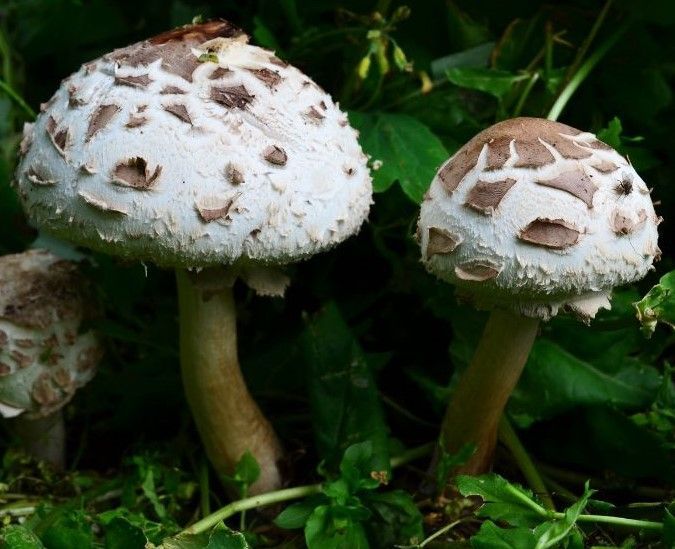
Hen of the Woods
Scientific name: Grifola frondosa
Growing seasons: Hen of the woods grows in the fall season, well into November depending on location and conditions.
Preferred environment: Hen of the Woods will grow wild in forests, generally at the base of an oak tree or stump.
Identification: The mushroom grows in a petal shape, and they can grow quite large, often weighing between 10 and 30 pounds. They are brownish-grey with creamy-silvery hues.
Culinary use: Both mushrooms can be fried or sauteed. They ae good in soups, rice dishes, on top of chicken, and they can be pickled.
Look-alikes: There are hardly any look-alike poisonous mushrooms to hen of the woods, however there is a nonpoisonous one called cauliflower mushroom. The cauliflower mushroom is hard to find, but edible nonetheless. It looks like a handful of egg noodles and are very hard to clean. The hen of the woods has a peppery, earthy taste, and the cauliflower mushroom has an earthy, umami taste.
Notes: This mushroom goes by many names—hen of the woods, sheep’s head, ram’s head, and the Italian Signorina, to name a few.
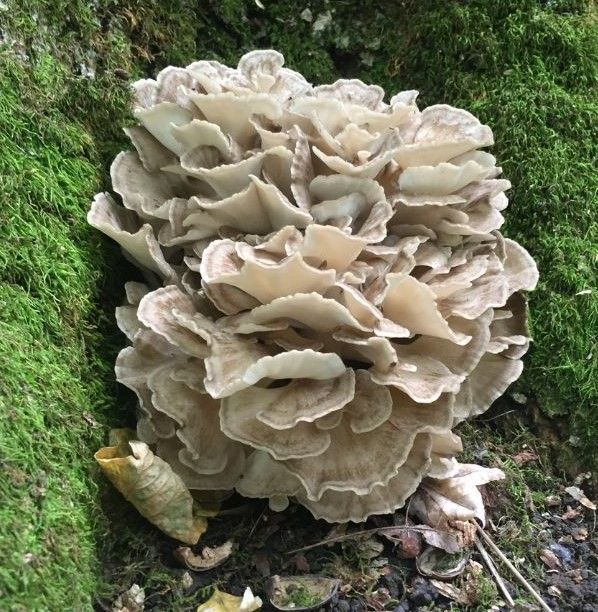
Pearl Oyster
Scientific name: Pleurotus ostreatus
Growing seasons: You can forage for these in summer and fall and depending on the weather in the spring.
Preferred environment: The oyster mushroom is found on deciduous trees, beech and aspen are common, and sometimes you will see them on conifers.
Identification: The pearl oyster mushroom is the most common type of oyster mushroom. The first thing you will notice about this mushroom is the decurrent gills (when the gills run down the stem). It measures 2 to 10 inches across, growing in a shelf-like formation with overlapping clusters. They are smooth with no scales. Usually white to light brown with firm white flesh.
Culinary use: The pearl oyster mushroom has a slightly sweet and woodsy taste to them, they are a mild mushroom. Some ways to use them are: fried and sautéed. They are good in soups, stews, risotto, and with meats.
Look-alikes: The Jack-O-Lantern is sometimes mistaken for the oyster mushroom. The jack-o-lantern’s caps are smooth, and they flatten and tear as they age. The stems are yellow in color.
Notes: An interesting bit about the pearl oyster shrooms is they smell like licorice.
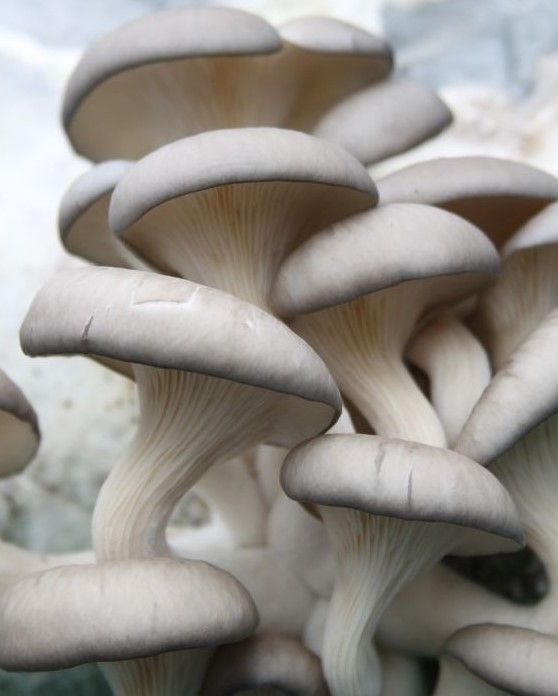

Chanterelle
Scientific name: Cantharellus
Growing seasons: They grow in the summer, usually appearing in mid to late July.
Preferred environment: They prefer moist ground and wet humid climate conditions. You will find them around oaks, conifers and in mixed forests.
Identification: The chanterelle is most often a bright golden yellow, but have been known to be white or bright orange. They will reappear in the same spot year after year. The chanterelle will range from 2 to 4 inches tall. The caps are smooth, not pitted, hairy or wrinkled. They smell like apricots. Chanterelles do not have true gills like a button or Shiitake mushroom. The false gills also run down the stem a little ways.
Culinary use: The chanterelle mushroom tends to have an earthy flavor. Often used in fried or sauteed form, they also work well in soups, stews, risotto, and with meats.
Look-alikes: The toxic look-alike is the jack-o lantern mushroom. The jack-o-lantern’s caps are smooth, and they flatten and tear as they age. The stems are yellow in color.
Notes: These are the most expensive to buy, online for five pounds could cost you anywhere from $149 to $249 as of this writing. The only way to find them at a reasonable price (free) is in the forest!
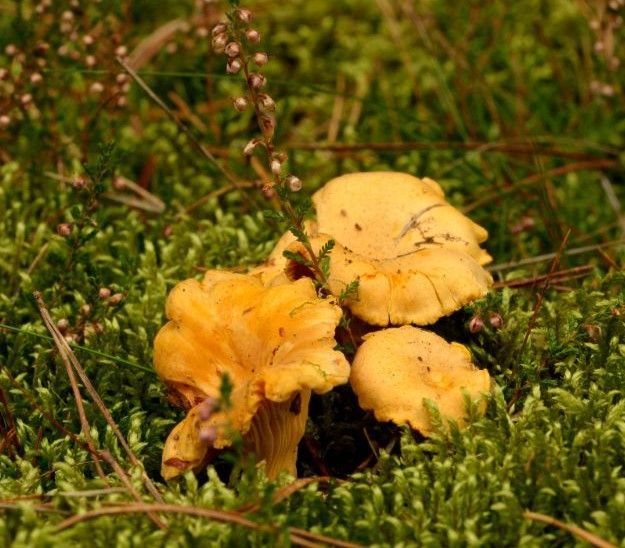

Growing your Own Mushrooms
Foraging for mushrooms is a fun activity, but not everyone lives in an environment that supports wild shrooms. Another way to get edible mushrooms at a low cost is to grow them yourself. The most popular and effective way to do this is on a log. The log must have been cut from a living, healthy tree for optimal shroom harvest. They do not need to be very big-- smaller logs have more sapwood which many fungi prefer to eat.
Tip: You’ll want to cut the logs during the colder months to prevent the bark from falling off later.
The easiest mushrooms to grow in this manner are oysters and shiitakes, but you can also try lion’s mane, chicken of the woods, and hen of the woods. We’ve outlined below which tree species each mushroom prefers.
| Shiitakes | Oysters | Lion's Mane | Chicken of the Woods | Hen of the Woods |
|---|---|---|---|---|
| Maple | Maple | Maple | Oak | Oak |
| Oak | Oak | Oak | Cherry | |
| Beech | Birch | Birch | Beech | |
| Sweetgum |
To inoculate the log (introducing a mushroom spawn into a planting area), plug spawn can be used. The best time to inoculate logs is in the spring, while the wood is still fresh and after the last frost. You can buy plug spawn, which is a type of mushroom starter online.
To use it:
- Drill holes into the log. For hole diameter, read the instructions that came with the plugs. To figure out how many holes to drill, multiply the length of the log in centimeters by its diameter in centimeters.
- Fill the holes with plugs. Tap a plug spawn in each hole with a mallet. Get them in the hole as far as possible.
- Seal the holes. Cover the hole with melted beeswax to seal out weeds and prevent too much moisture loss.
Inoculated logs should be kept somewhere shady and humid but with good airflow. You can stack them in loose structures or lean them on frames to allow movement of air, and soaking once or twice a week will help keep the log moist. The fungus will not fruit until it has colonized the entire log. Most logs need six to twelve months after inoculation before the first flush, a wave of mushroom growth that usually happens in the space of two to three days. When mushrooms appear, it is best to harvest them early rather than later.
If you don’t want to wait for the fungus to fruit on its own, you can speed up the process by soaking the log in cold water for 24 hours, since many species like to fruit after heavy rain.
Remember: As with foraging in the woods, you need to be very careful. Wild fungi species can colonize the same log and they can be poisonous. If a log becomes contaminated, you need to discard that log and start over.
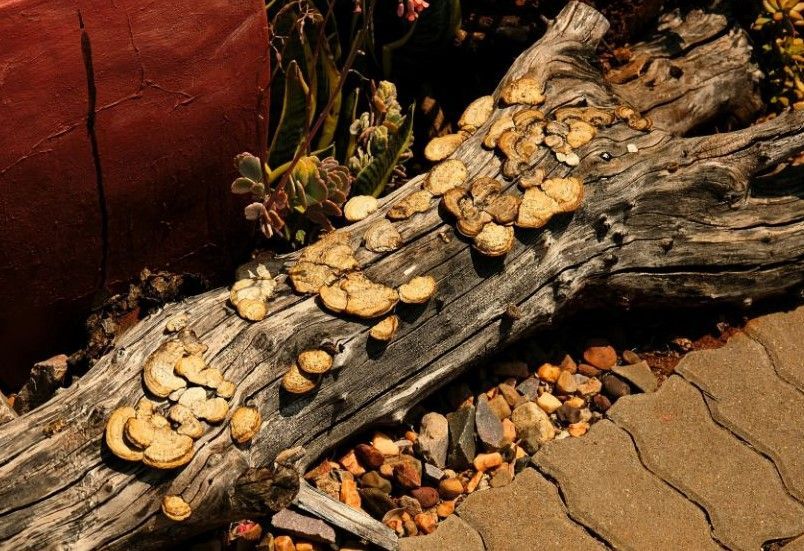
Mushroom Growing Kits
If neither foraging nor inoculating suits your preferences, there are mushroom growing kits that you can buy online from $15.00 to $50.00 that will do the hard work for you. They often will include everything you will need to get started. What you will want to look for when picking a growing kit:
- Type of mushroom. What kind do you like to eat?
- Difficulty of the kit. Some are “plug-and-play” while others require a more hands-on approach.
- Size. Some kits provide one flush to multiple flushes (fruiting periods).
- Growing conditions. Some kits will require more or less humidity, light, general care.
- Warranties and guarantees. Make sure you are buying from a reputable company.
Some of the more popular brands include Back to Roots and Forest Origins.
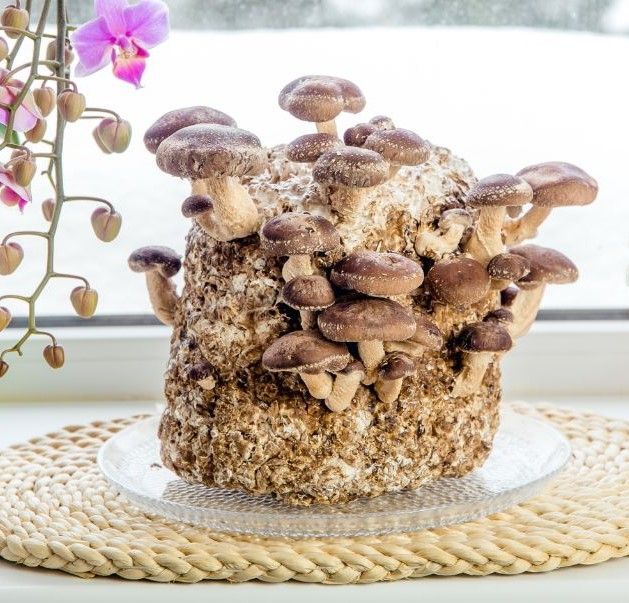
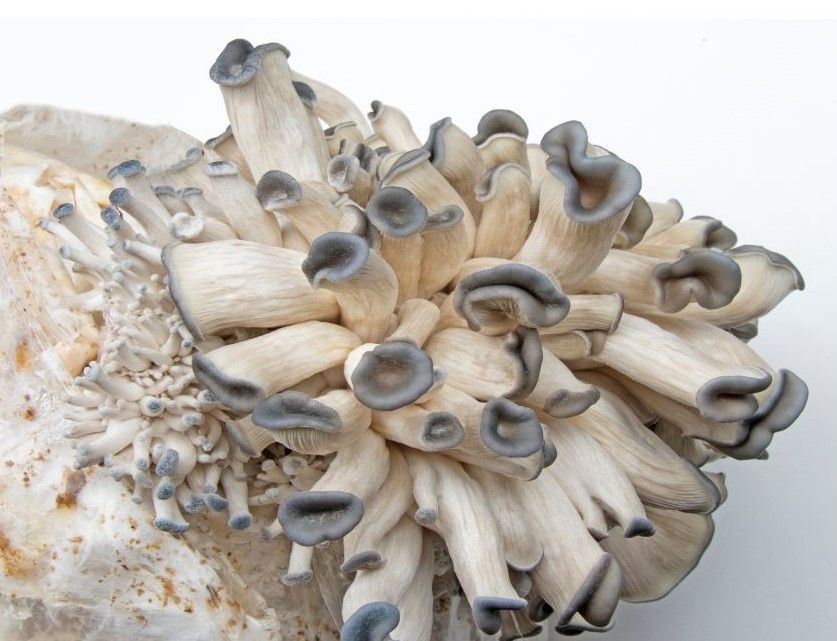
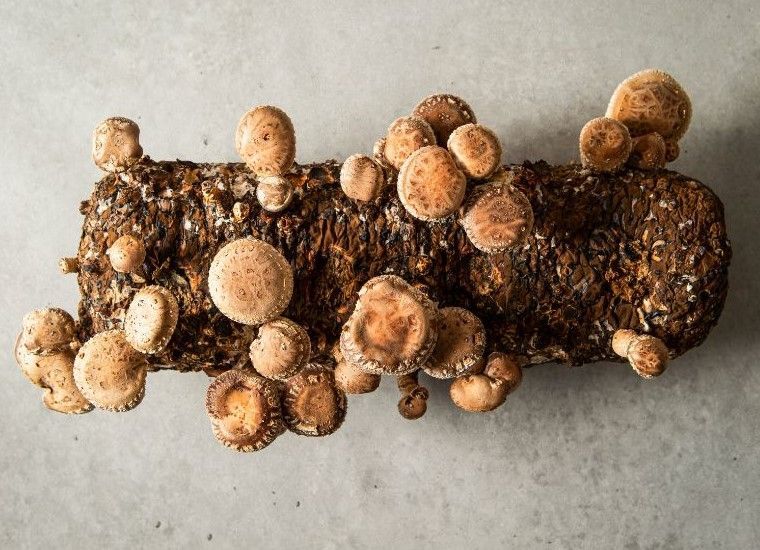
Mushroom hunting is an inexpensive hobby that takes you outside for a walk in a forest or park. That feeling, when you find your first edible mushroom, will have you hooked! But foraging for mushrooms at various times of the year isn’t an option for everyone. You may not be able to get to fields or woods, and if that’s the case, growing them at home is the way to go. Either way, foraging or growing mushrooms is a fun activity for families, it can be educational for kids, it saves you money, and mushrooms contain various nutrients that are good for you. Why don’t you give it a try this year?
References:
Chicken of the Woods Mushrooms - the Complete Guide - Mushroom Site
Morel: Key Facts — Forest Wildlife
Images - Canva
A Guide to Growing Edible Mushrooms on Hardwood Logs Outdoors (healing-mushrooms.net)
The Shaggy Mane Mushroom – Everything You Need To Know - FreshCap Mushrooms
8 Best Mushroom Growing Kits Of 2023, According To Foodies | mindbodygreen
How to Grow Mushrooms on Inoculated Logs - Wild Abundance
10 Reasons To Start Growing Mushrooms At Home (ruralsprout.com)
A Complete Guide to Different Types of Mushrooms | Fit For The Soul
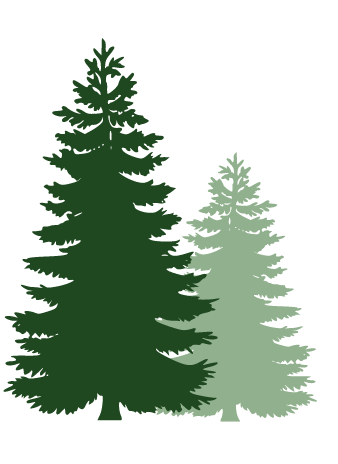
Sign up for monthly newsletters!
Get our latest articles, delivered right to your inbox. No spam, ever.
Contact Us
Check out the latest...
